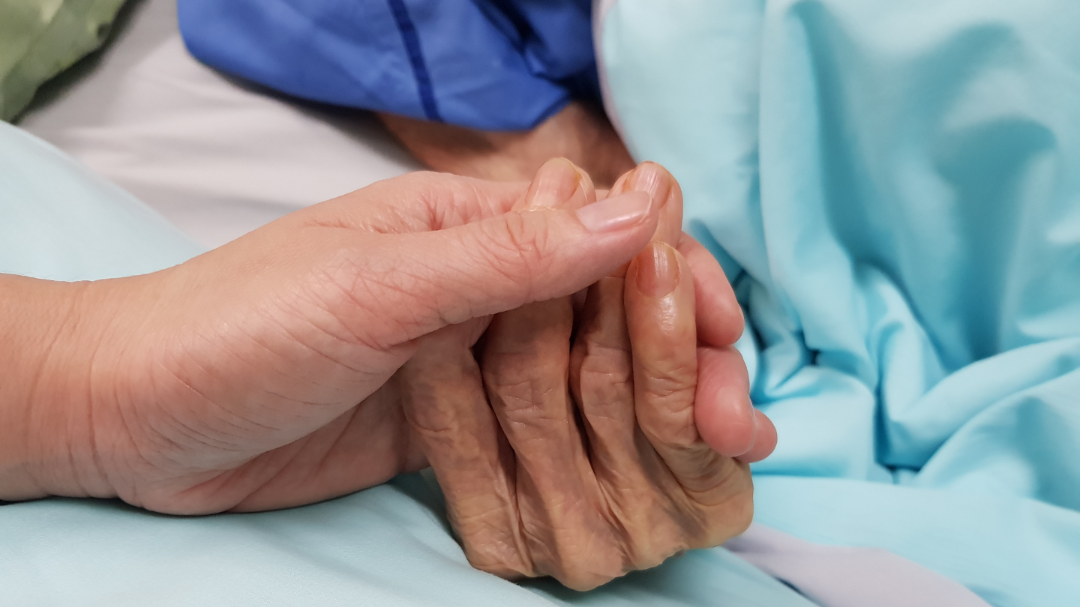
Debunking End-of-Life Care Myths
Separating Fact from Fiction
End-of-life care is a topic often shrouded in misconceptions, misunderstandings and fear. As individuals and families face the inevitable, it’s crucial to debunk common myths surrounding this sensitive subject. Here we’ll explore five prevalent myths about end-of-life care and provide a dose of reality to assist you in navigating this challenging yet essential aspect of life.
Myth 1: “Hospice Care Hurries Death”
One of the most widespread misunderstandings about end-of-life care is the belief that hospice care speeds up the dying process. In truth, hospice care’s purpose is to improve the quality of life for individuals with terminal illnesses. It offers pain management, emotional support, and comfort, enabling patients to spend their remaining time with dignity and peace.
Myth 2: “Discussing Death Leads to Depression”
Conversations about death and end-of-life preferences are often avoided due to the fear that they may lead to depression or sadness. On the contrary, open and honest discussions about one’s wishes and values at the end of life can provide a sense of relief and control. These conversations also empower families to make informed decisions when the time comes.
Myth 3: “Family Can Handle Everything Without Professional Help”
While the support of family is invaluable, assuming that families can handle all aspects of end-of-life care on their own can be overwhelming. Healthcare professionals, including hospice teams and counselors, can offer expert guidance, ensuring that individuals receive the right medical, emotional, and spiritual care during this challenging time.
Myth 4: “Only the Terminally Ill Need End-of-Life Planning”
End-of-life planning isn’t just for those facing a terminal illness. Life’s unpredictability means accidents and unforeseen health crises can strike at any age. Creating advanced directives like living wills and healthcare proxies can be beneficial for individuals of all stages of life, allowing them to express their medical preferences if they ever become unable to make decisions for themselves.
Myth 5: “Pain is Inevitable at the End”
Another misconception is the belief that severe pain is an unavoidable part of the dying process. Thanks to advances in palliative care, pain can often be effectively managed. Healthcare professionals can tailor pain relief strategies to the individual’s needs, ensuring comfort and a higher quality of life.
Reality Check: The Importance of Informed Decision-Making
End-of-life care should be a time of compassion, comfort, and dignity. By debunking these myths and seeking accurate information, individuals and families can make informed decisions that align with their values and preferences. Talking, seeking professional guidance when needed, and understanding the various aspects of end-of-life care are steps in ensuring a peaceful transition for our loved ones and ourselves.
By dispelling these common myths and embracing the realities of compassionate, well-informed decision-making, we can enhance the quality of life for those nearing the end of their journey and provide the support and comfort they deserve. It’s time to approach end-of-life care, not with fear, but with knowledge, empathy, and open hearts.
